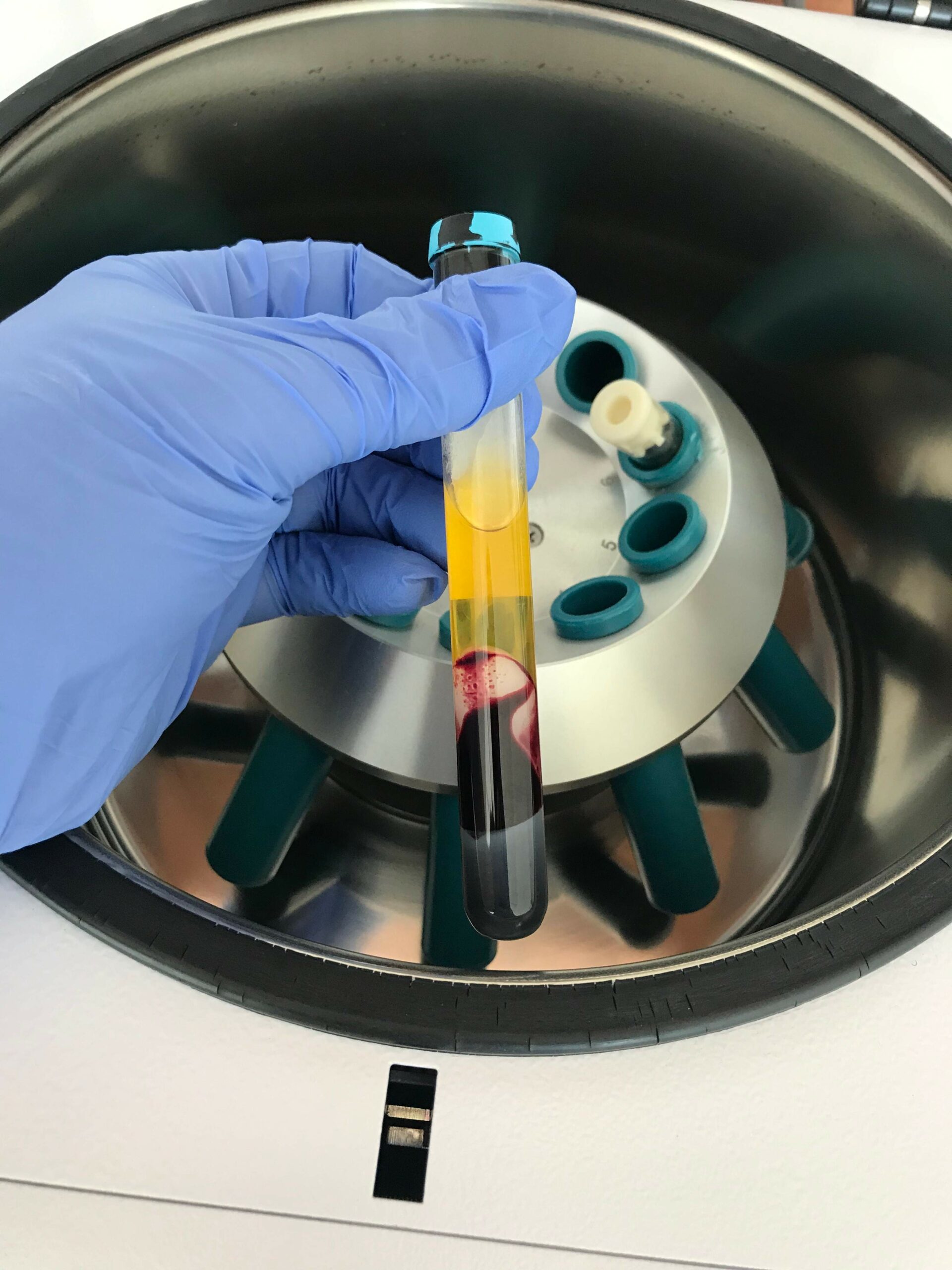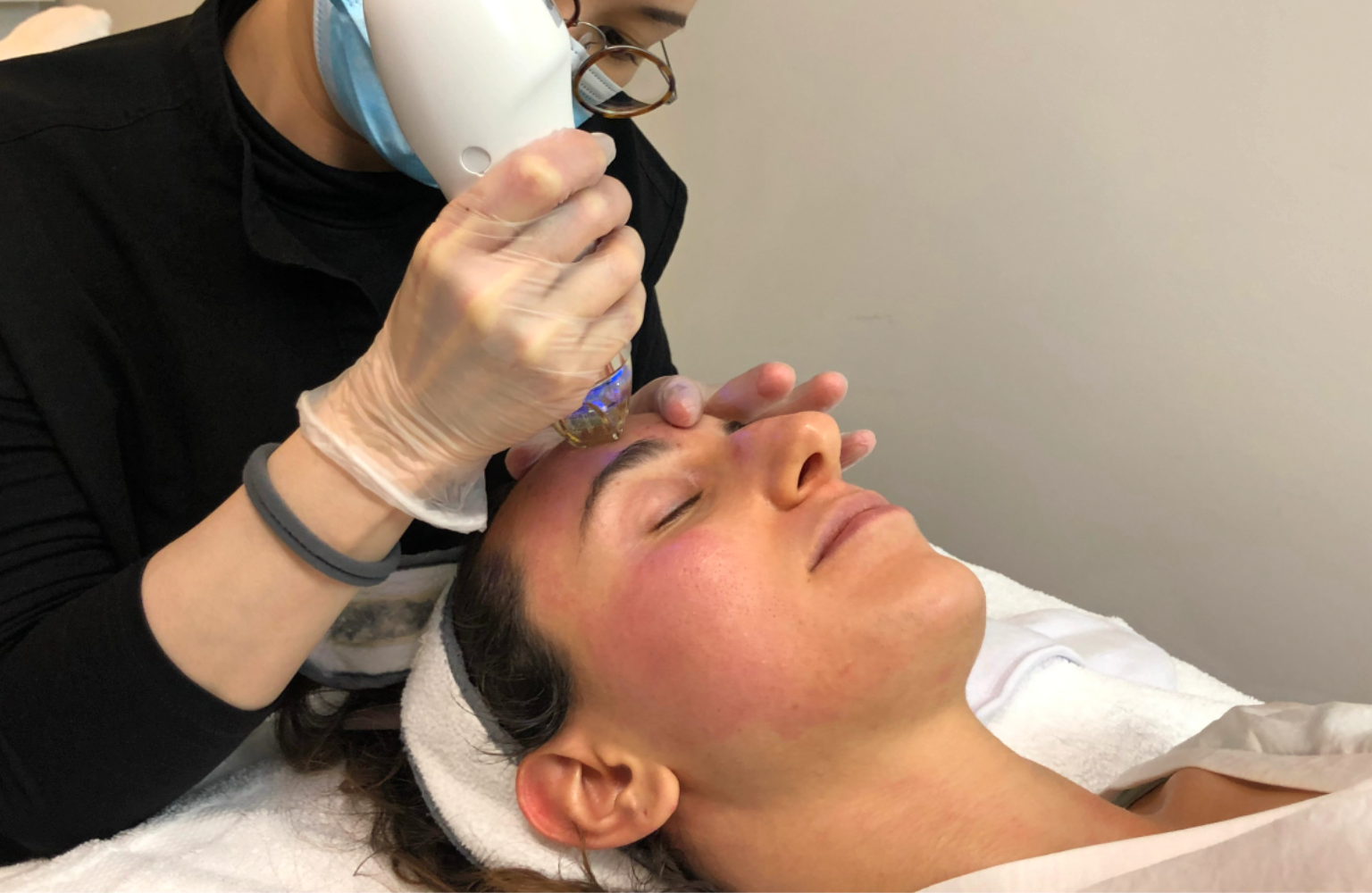Achilles Tendinitis

Achilles tendinitis is a condition caused by overuse of the Achilles tendon, the band of tissue linking the calf muscles to the heel bone in the lower leg.
This type of injury frequently affects runners who suddenly increase the intensity or duration of their runs. It’s also common among middle-aged individuals who engage in sports like tennis or basketball which involves jumping on the toes.
In most cases, Achilles tendinitis can be effectively managed with simple self-care techniques supervised by a healthcare professional. Consistent self-care measures are typically essential to prevent recurrent episodes. However, severe cases of Achilles tendinitis may result in tendon tears (ruptures) that may require surgery.
Achilles tendinitis can occur from repetitive stress to the tendon that connects the calf muscle at the back of the lower leg to your heel bone. This can happen when we push our bodies to do too much, too quickly. This condition can occur in walkers, runners, or other athletes.
Achilles tendinitis is more likely to develop under the following circumstances:
- If there is a sudden increase in the intensity of an activity.
- Tightness in the calf muscles due to inadequate stretching.
- If you run too often.
- Regular running on unforgiving surfaces like concrete.
- Frequent jumping, as seen in sports like basketball.
- Insufficient support from footwear.
- Sudden inward or outward twisting of the foot.
Overuse of certain activities, such as walking, basketball, and running, also can lead to injury and make the problem worse.
While Achilles tendinitis can pose a risk, implementing these strategies daily can help prevent this type of injury. These include:
Moderate Intensity:
Avoid activities that overly strain your tendons, such as hill running. Before engaging in vigorous exercise, warm up gradually by starting with a slower pace. If you experience discomfort during exercise, pause and allow time for rest.
Gradual Activity Increase:
Begin any exercise regimen slowly and progressively increase both duration and intensity over time.
Wear Appropriate Footwear:
Opt for exercise shoes with ample heel cushioning and solid arch support to alleviate strain on the Achilles tendon. Regularly replace worn-out footwear.
Daily Stretching:
Allocate time each day to stretch your calf muscles and Achilles tendon, particularly before and after exercise, to maintain flexibility. This practice is crucial for preventing the recurrence of Achilles tendon issues.
Cross-Training:
You may choose to alternate between high-impact exercises such as running and jumping, and low-impact activities like cycling or swimming to reduce strain on the Achilles tendon.
Calf Muscle Strengthening:
Strengthening your calf muscles can enhance their ability to withstand the stress of physical activity and exercise.
Most Achilles tendon injuries can be managed at home following the RICE guidelines:
Rest: Consider refraining from exercise for several days or switch to low-impact activities like swimming to alleviate strain on the Achilles tendon. In severe cases, utilizing a walking boot and crutches may be necessary.
Ice: Apply an ice pack to the affected tendon for approximately 15 minutes following exercise or when experiencing pain to reduce discomfort and swelling.
Compression: Wraps or elastic bandages can be utilized to minimize swelling and restrict movement of the tendon.
Elevation: Elevate the affected foot above heart level to diminish swelling. It’s advisable to maintain this elevation, even during sleep.
Over-the-counter medications like ibuprofen or naproxen can be effective in reducing inflammation and pain.
If the pain persists or worsens, consulting with your family doctor or a specialist in foot and ankle issues, is recommended.
Most cases of Achilles tendinitis can be treated with relatively simple, at-home care using the RICE guidelines. However, if the pain continues, you may need to schedule an appointment with your family doctor or a health care provider. They will perform a physical exam to look for tenderness along the tendon and pain in the area of the tendon when you stand on your toes.
Imaging tests, including X-ray, ultrasound or MRI may be required if there is a chance that you have a tear in the Achilles tendon.
Typically, the pain and discomfort linked to Achilles tendinitis will resolve within 8 weeks. During this time, it’s advised to include more rest in your schedule while also maintaining an active lifestyle. Finding a balance between rest and activity is essential to prevent stiffness and muscle weakness, and the risk of developing chronic problems. Striving for this balance can help alleviate the pain associated with Achilles tendinitis.
At Anti-Aging Medical & Laser Clinic we offer cutting-edge injection treatments tailored to sports medicine and rehabilitation, including Prolotherapy, Platelet-Rich Plasma (PRP), SportVis (Hyaluronic Acid (HA)) injections. However, before proceeding with these treatments, it’s crucial to undergo X-rays and potentially further imaging tests to accurately assess your condition and tailor a suitable treatment plan for this condition.
















